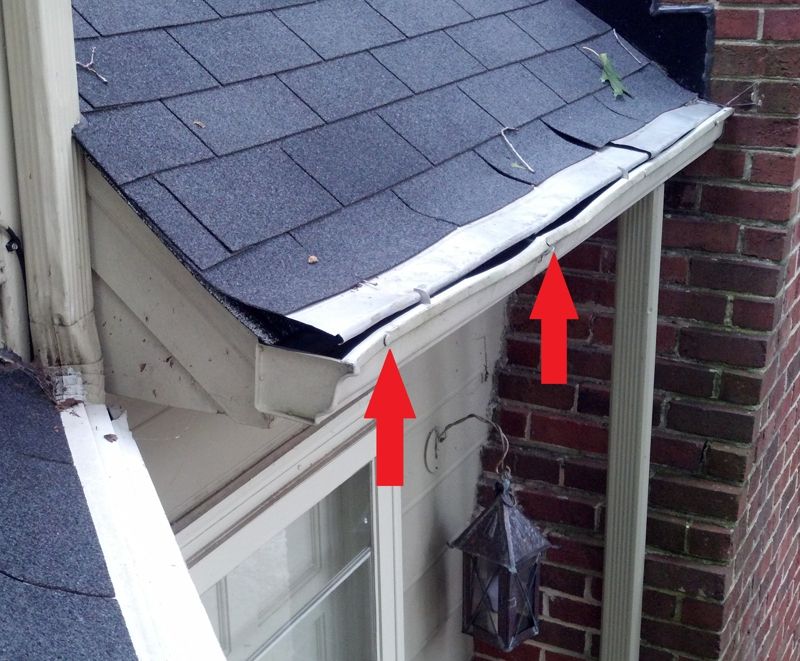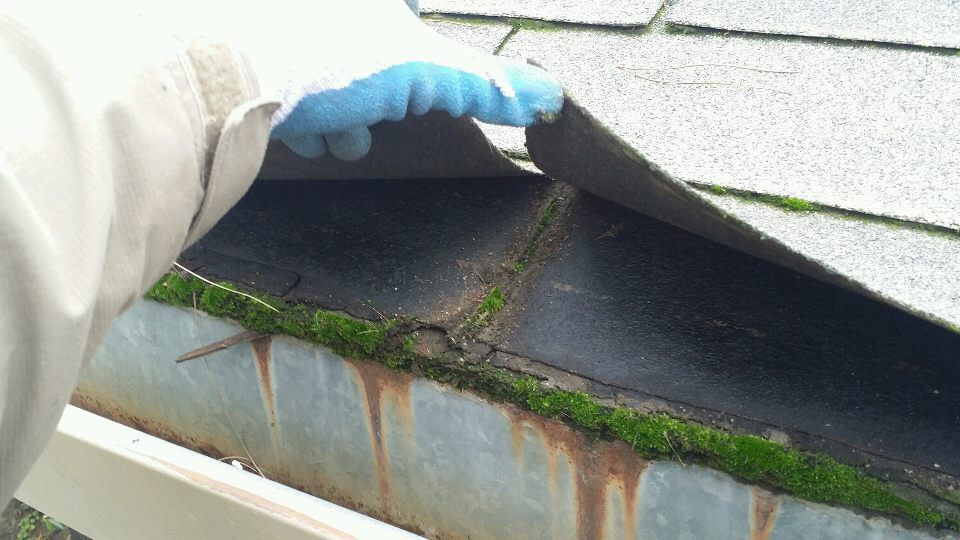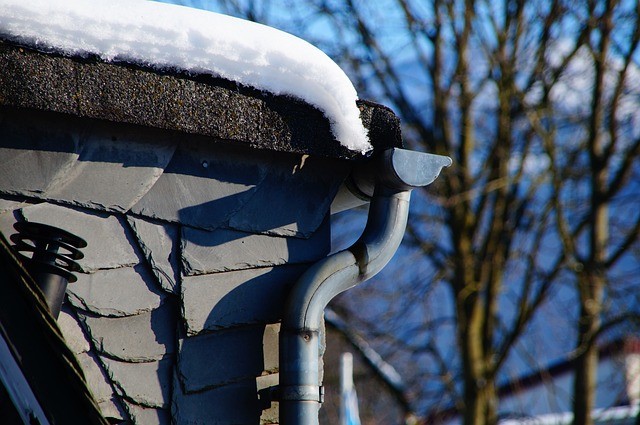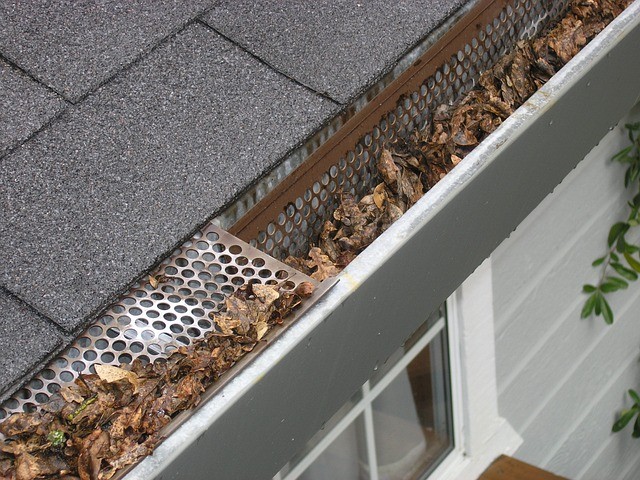Your home’s roof gutters are essential for channeling rainwater away from your property, preventing water damage, and maintaining the structural integrity of your home. Over time, however, gutters can wear out, become damaged, or simply lose their effectiveness.
When should you replace your roof gutters? This article will help you ensure the continued protection of your home from proper gutter maintenance.
The Importance of Functional Roof Gutters
Roof gutters are essential to a building’s roofing system, which collects and diverts rainwater away from the structure. They play a vital role in maintaining the integrity and longevity of a building, protecting it from water damage and other associated issues.
The importance of functional roof gutters cannot be overstated, and here are some of the key reasons why:
- Preventing Water Damage
- Protecting Foundations
- Preserving Landscaping
- Minimizing Mold and Mildew
- Preventing Basement Flooding
- Enhancing Curb Appeal
- Prolonging Roof Lifespan
To ensure your roof gutters function effectively, performing regular maintenance and determining the signs that they already need replacement is essential.
Signs Your Roof Gutters Need Replacement

Roof gutters are an essential part of your home’s roofing system and play a vital role in protecting your property from water damage. Over time, however, gutters may become damaged, worn out, or less effective due to various factors.
Here are some signs that your roof gutters may need replacement:
Visible Damage
If your gutters have visible cracks, holes, rust, or corrosion, it’s a clear sign they are no longer effective in diverting water from your property. Damaged gutters can lead to water seepage, which can cause further damage to your home’s exterior and foundation.
Sagging or Pulling Away
Gutters that sag or pull away from the roofline indicate that they are no longer securely attached to the fascia boards. This can be due to the weight of accumulated debris, water, or ice or the deterioration of the gutter’s support system. Sagging gutters are unable to divert water efficiently and need to be replaced.
Frequent Leaks or Overflow
If your gutters are leaking or overflowing regularly, even after cleaning and maintenance, this may be a sign that they are damaged or not properly designed to handle the volume of water flowing from your roof. In this case, replacing the gutters with a more suitable system may be necessary.
Water Damage or Stains

If you notice water damage, stains, or mold on your home’s siding, fascia, or soffit, this may indicate that your gutters are not effectively directing water away from your home. This could be due to damage, improper installation, or inadequate capacity.
Eroded Landscaping
If you see signs of soil erosion or washed-out landscaping around your property, it could indicate that your gutters are not doing their job correctly. This may indicate that your gutters need replacement to prevent further damage.
Peeling Paint
Peeling paint near your gutters may indicate water damage caused by leaking or overflowing gutters. If you notice this issue, it may be time to consider gutter replacement.
Age and Deterioration
Most gutter systems have a 20-30 years lifespan, depending on the material used and the quality of installation and maintenance. If your gutters are nearing the end of their expected lifespan or are showing signs of significant wear and tear, it may be time to replace them.
| Pro tip:To ensure the longevity and effectiveness of your gutter system, it is essential to perform regular maintenance, such as cleaning debris, checking for leaks, and ensuring proper alignment. If you notice any of the signs mentioned above, consult a professional to assess your gutters and determine if replacement is necessary. |
Gutter Replacement Process and Considerations

Gutter replacement is an important home improvement project that helps protect your property from water damage. The process involves several steps and considerations to ensure a successful outcome. Here’s an overview of the gutter replacement process and some essential factors to consider:
Assessment
Before deciding to replace your roof gutters and start the project, have a professional assess your current gutter system’s condition and determine if a replacement is necessary. They will check for signs of damage, wear, and improper installation.
Material Selection
Gutters come in various materials, including aluminum, copper, vinyl, and steel. Each material has pros and cons, such as durability, cost, and maintenance requirements. Consult a professional to determine the best material for your needs and budget.
Gutter Style and Size
There are different gutter styles, such as K-style, half-round, and box gutters, each with its own advantages and appearance. Additionally, gutters come in various sizes, typically 5 inches or 6 inches wide.
The size and style you choose will depend on factors like the amount of rainfall in your area, the size of your roof, and the architectural style of your property.
Downspouts
When replacing gutters, it’s essential to consider the number and location of downspouts. Downspouts help direct water from the gutters to the ground and away from your foundation. Ensure enough downspouts to handle the water flowing through your gutter system.
Gutter Guards

Gutter guards are optional accessories that help prevent debris from entering and clogging your gutters. They can be valuable if your property is surrounded by trees or you want to reduce gutter maintenance.
Professional Installation
Proper installation is critical for the performance and longevity of your gutter system. Hiring a reputable and experienced contractor ensures your gutters are installed correctly, with the appropriate slope, hangers, and sealing.
Warranty and Maintenance
Check if the gutter system has a warranty and understand its coverage and limitations. Regular maintenance, including cleaning and inspections, is necessary to keep your gutters in good condition and prolong their lifespan.
Some additional considerations when replacing gutters include:
- Local climate: Consider your region’s typical weather conditions, such as heavy rainfall or snow, when selecting materials and sizing your gutters.
- Aesthetics: Choose a gutter style and material that complements your property’s architecture and enhances curb appeal.
- Building codes and permits: Check your local building codes and obtain any necessary permits before starting the gutter replacement project.
- Budget: Consider your budget when selecting materials and other gutter components. However, investing in a high-quality gutter system can save you money in the long run by preventing costly water damage.
By considering these factors and working with an experienced professional, you can ensure a successful gutter replacement that protects your property for years.
Conclusion: Should You Replace Your Roof Gutters?
Deciding whether to replace your roof gutters depends on several factors, such as the condition of your existing gutter system, the age and material of your gutters, and the presence of any signs indicating potential issues. These issues include visible damage, sagging, or frequent water leaks or overflow.
Replacing your roof gutters when necessary is crucial for protecting your property from water damage and maintaining the structural integrity of your home. It is essential to consult a professional to assess your gutter system and determine if replacement is the best action.
Investing in a high-quality gutter system and ensuring proper installation and maintenance can safeguard your property and enhance its curb appeal for years.


